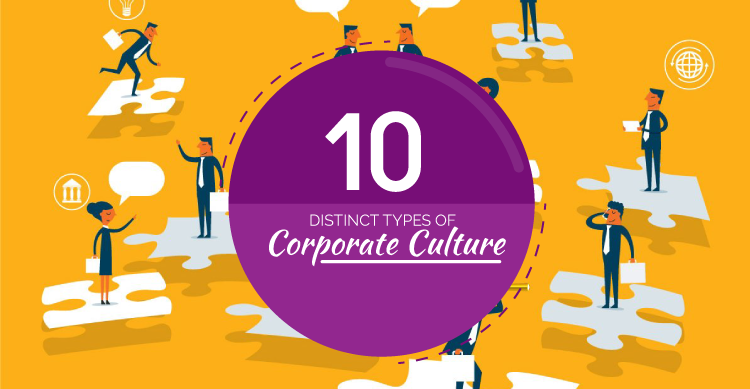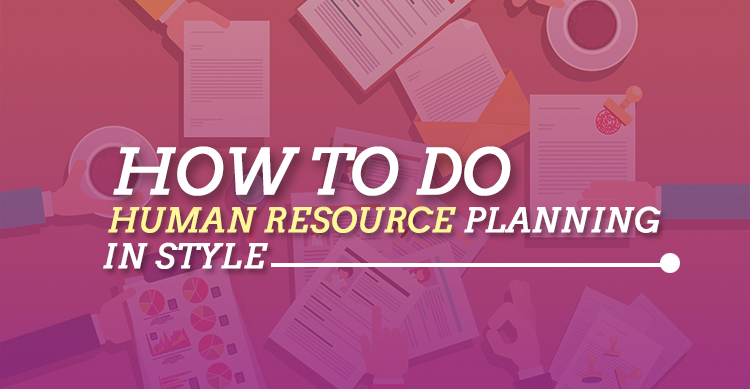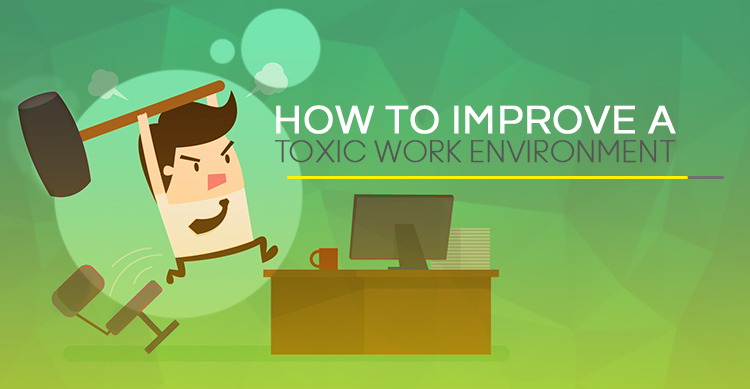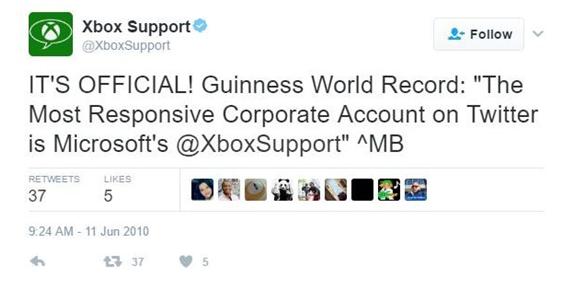The performance and productivity of employees are of utmost importance for any business organization. However, at times, employees are burdened with their own personal problems restricting them from performing their best.
Psychological problems, legal issues, substance abuse, emotional stress, physical stress, and other personal troubles can reduce the ability to complete tasks. It can result in a lack of focus lowering productivity, increased absenteeism, and higher health care expenses.
An Employee Assistance Program is what you need to tackle these issues and take care of the personal needs of you and your employees.
What is an Employee Assistance Program?
When employees are challenging personal issues and need to cope with the same, an employee assistance program comes into play.
The program is employer-sponsored and offers solutions to eliminate the negative impact caused by work-related or personal issues. An EAP can help to lessen the expenses you incur on employee health, increase the productivity and morale.
When an EAP is introduced, employees have the access to communicate with trained counselors 24 hours a day either via phone or face-to-face.
What is covered under Employee Assistance Program?
The Employee Assistance Program is different for every organization, however certain elements are common. While some programs may only be restricted to the abuse of alcohol and drugs, others cover a larger scope addressing a range of troubles and issues. Generally, the issues covered under EAPs are:
- Substance abuse
- Consumption of alcohol or drugs
- Problems in marriage
- Stress management
- Child/Senior citizen care
- Gambling cessation
- Financial troubles
- Legal issues
- Psychiatric or psychological issues
- Crisis intervention
- Health issues
- Eating disorders
How is an Employee Assistance Program beneficial?
There are very few people who do not face problems in day-to-day life. A problem hampers the physical and mental ability of an individual thereby affecting the way they perform. Let us take a look at how an EAP can benefit employees and improve their productivity:
1. Confidentiality
EAPs give employees the opportunity to discuss sensitive issues in confidence with a resource. The employer is not aware of when and why the service has been utilized and therefore, the employee does not have to worry about being judged, or having put his or her job in danger. Chances of a potential black mark that acts as a hindrance to the job are low.
2. Instant Assistance
An EAP hotline is available 24 hours a day. This means employees usually do not have to wait for assistance. When the need for an appointment with the medical practitioner or counselor arises, the same can be instantly fixed.
Moreover, since this is a service offered by the organization, the employee can confidently use the work phone to call and discuss their issues.
3. Preventing Escalation
Stress at work can sometimes result in conflicts with peers and fellow team members. It can also escalate to become a challenging situation requiring the intervention of the senior management and implying a stricter action.
In the existence of an EAP, employees can consult counselors in the early stages of a problem preventing it from transforming into something serious.
4. Tackling Personal Problems
Many times, job performance is hampered because of problems outside of the workplace. An EAP helps people cope with their personal problems as well.
Employees struggling with substance abuse, marital problems, legal issues, grief over a loved one’s loss, or depression can also seek the assistance of a counselor through the employee assistance program.
The purpose of the program is to give employees a platform where they can find resolutions to their problems or at least obtain some peace of mind so that their job efficiency is not hampered.
5. Employer Advantages
Employers also benefit from an EAP. Since employees can easily vent out their problems and find solutions to the same, absenteeism or a lower productivity is avoided.
The workforce is happy and remains motivated to perform. The costs for health insurance plans are also diminished because the EAP is available for dealing with stress-related illnesses.
In conclusion, an employee assistance program is required in the workplace to keep employees free from any kinds of personal or work-related challenges. This way they are able to improve performance and remain efficient and motivated.







